After class, Lindsay and I headed over to a Bier Garten over near the Museums Quartier. We decided to grab a beer and some lunch, and we sat outside underneath the chestnut trees. We got some hemp beer and traditional Viennese food and chatted for awhile before heading over to the Wien Museum. The Wien Museum is located in the Karlsplatz area which is a pretty central location of Vienna. I was a little weary heading to another museum after seeing so many up to this point, but it turned out to be a really great museum that was completely different from what I expected. I really liked it because it was an assemblage of history, art, artifacts, photographs, and really interesting facts about Vienna starting from pre-historic times leading through the ages up to the 21st century giving helpful overviews on all the different eras that have characterized Vienna making it the city that it is, today. Because there were three stories of artifacts and information, I will focus on several areas that seem to be most relevant to what we’ve been studying as a class.
The bottom floor had a lot of information on St. Stephen’s Cathedral, its origins, remodeling, and current status as one of the oldest, most recognizable structures in Vienna. I learned that during the reign of the Babenbergs, construction on St. Stephens began right around 1137-1160. It was constructed during the late-Gothic period, and was re-done a hundred years later with a bit of Romanesque style. At the time of its consecration in 1147, it was the second highest steeple in the world. The Diocese of Passau helped oversee construction and was also the 1st Viennese Bishop. In the late Middle Ages around 1304, it was re-built in the Gothic architectural style which is how it remains today although there has been lots of reconstruction and renovations over the centuries that the cathedral has been in existence. In the 18th century the interior was refurbished in the grand Baroque style. The building was badly damaged in World War II, but a lot of artifacts in the Wien museum such as original stained glass windows dating back to 1340 and pillars from the west facade of St. Stephens- statues of Duke Rudolph IV and his wife Catherine of Bohemia are all preserved in good condition. The cathedral has replaced these originals with replicas to maintain the original look, but preserve the historic artifacts of the past. In addition to these original peices, the Wien museum is also in possession of 250 medieval sculptures made from sandstone that have been weathered and a little decayed from pollution, altar panels, frescoes from the early Italian Renaissance, a medieval suit of armor and shield, and more stained glass that was rescued from a fire in 1945. It was really interesting seeing all these original statues and artifacts, especially because the cathedral has since been restored with replicas.
The second floor contains art and historical remnants from the 17th and 18th century Vienna. Some of the things that caught my eye on this floor include the last executioner’s sword used in Vienna which is on display (the last state-ordered execution was performed in 1786), a wheel used to crush people to death back when corporal punishment was common, a drawing of a bird’s eye view of Vienna dating from the middle of the 17th century (which looks MUCH different than the Vienna we know today), and several paintings depicting historic moments in Vienna’s past such as Franz Geffel’s The Relief Battle depicting the near- defeat of Vienna from the Turks until at the last moment, allies swept over the hills rescuing the city and decisively defeating the Turkish army.
This floor also contained a lot of art and information about Baroque Vienna. In this period of the decades following the Turkish wars, Vienna grew into an international center for the arts. The royal court, aristocracy, figures such as Prince Eugene of Savoy, and the Catholic Church, all contributed in building some of Vienna’s most identifiable structures such as Schonbrun Palace, the church of St. Charles, upper and lower Belvedere, and more. The architecture, sculptures, paintings, and interior decor of the baroque period were reflections of one’s social position and influence including the highly esteemed Catholic church. Baroque flourished under the court of Maria Theresia and Franz I and the style is characterized most by its grandeur style, using elaborate materials that down the smallest details evoke a sense of awe aimed to impress visitors and guests. The baroque style was only used by the wealthiest of aristocrats and royalty so it came to reflect a sense of power and dominance through wealth and prestige (as I mentioned in my description of Prince Eugene of Savoy’s Belvedere Palace.)
The third floor contained a lot of Biedermier art and household objects. These paintings are all evoke a warm and fuzzy feeling whether depicting scenes of a middle class girl buying goat milk in the countryside with Vienna in the background, men casually hanging out playing the cello and listening to music, wholesome romance scenes of two lovebirds, families gathered around each other in their cozy homes, or a little girl casually lying on a chair with toys all over the floor and a content little dog by her side. The Biedermier style occurred during a time of intense scrutiny from the state, but also during a time of vast change and development. While these scenes depict cozy families and middle class comfort, the reality of this period in Vienna’s history is that the population went from 240,000 in 1800 to 410,000 in the year 1846 due to people migrating from the countryside to the city in an era of industrialization. Vienna was experiencing technological change, social tension, and political repression, so this Biedermier art almost seems to reflect a class of people in denial of reality and closely grasping on to a life and time period, "the good old days" rapidly slipping away.
On this floor I also learned about the revolution of 1848 which started out as a peaceful student demonstration turned violent. Dozens of students and peasants protesting the absence of individual rights during a time of enlightenment and revolution were killed by a firing squad after being arrested. Paintings in this section depicted the protestors and lynch mobs.
Finally, the 20th century section explained Vienna’s collision of tradition and modernity, and the movement that came out of this called the secession. The secession was founded by a group of artists who wanted to break free from tradition dominated by historic and religious art. They were in favor of reforming the art scene into a contemporary, modernized, liberal take on art accepting of different styles and methods other than those promoted by the conservative monarchs. Gustav Klimt was a founder of this movement, and the Secession building in the Karlsplatz is where their art exhibits were on display. In addition to this movement of modern art, other domains such as music (such as composer Arnold Schonberg), literature, and psychology (Sigmund Freud) were also making huge advances during this time in Vienna. This part of the exhibit holds Klimt’s "Liebe" (1895) and "Bidnis Emilie Floge" (1902) which were also enjoyable to see.
Saturday, August 30, 2008
Subscribe to:
Post Comments (Atom)
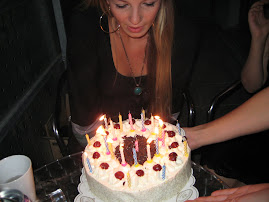

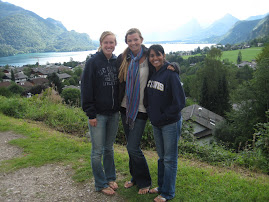
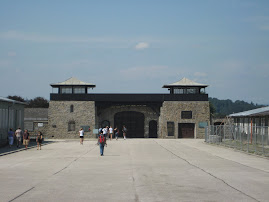
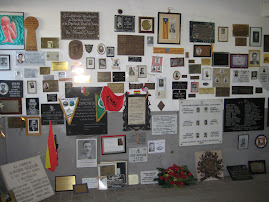
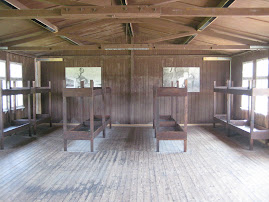
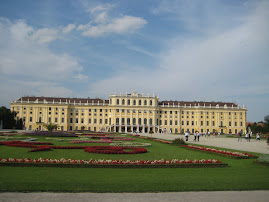
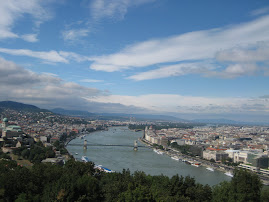
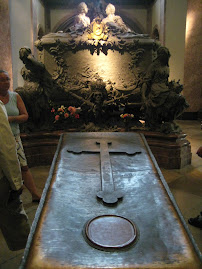
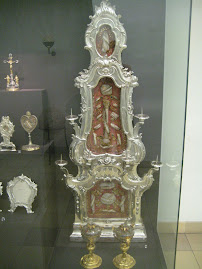
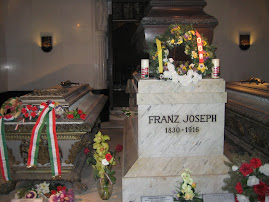

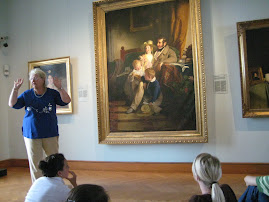
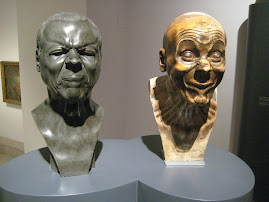
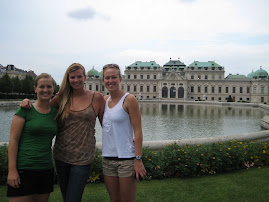
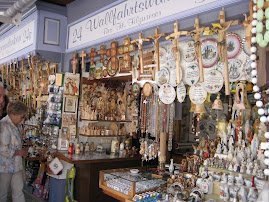
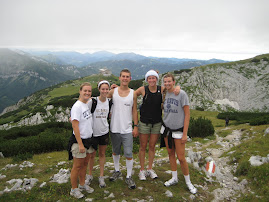
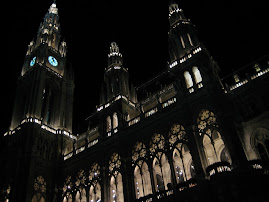
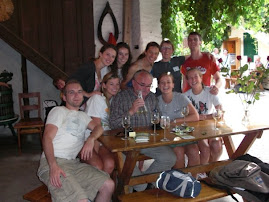
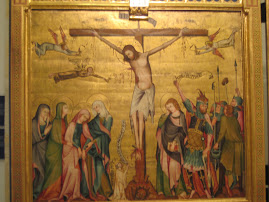
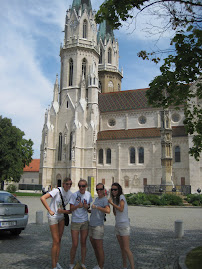
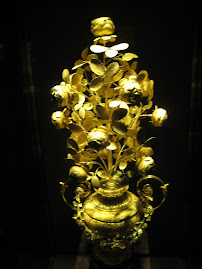
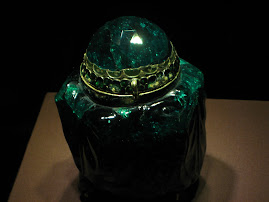
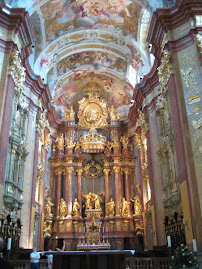
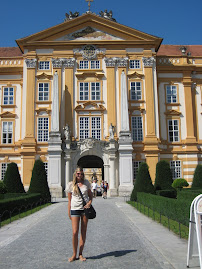
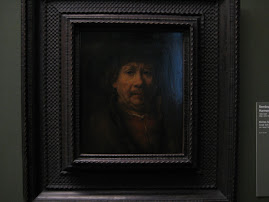
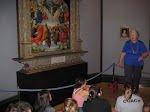
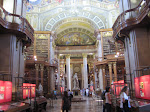
No comments:
Post a Comment